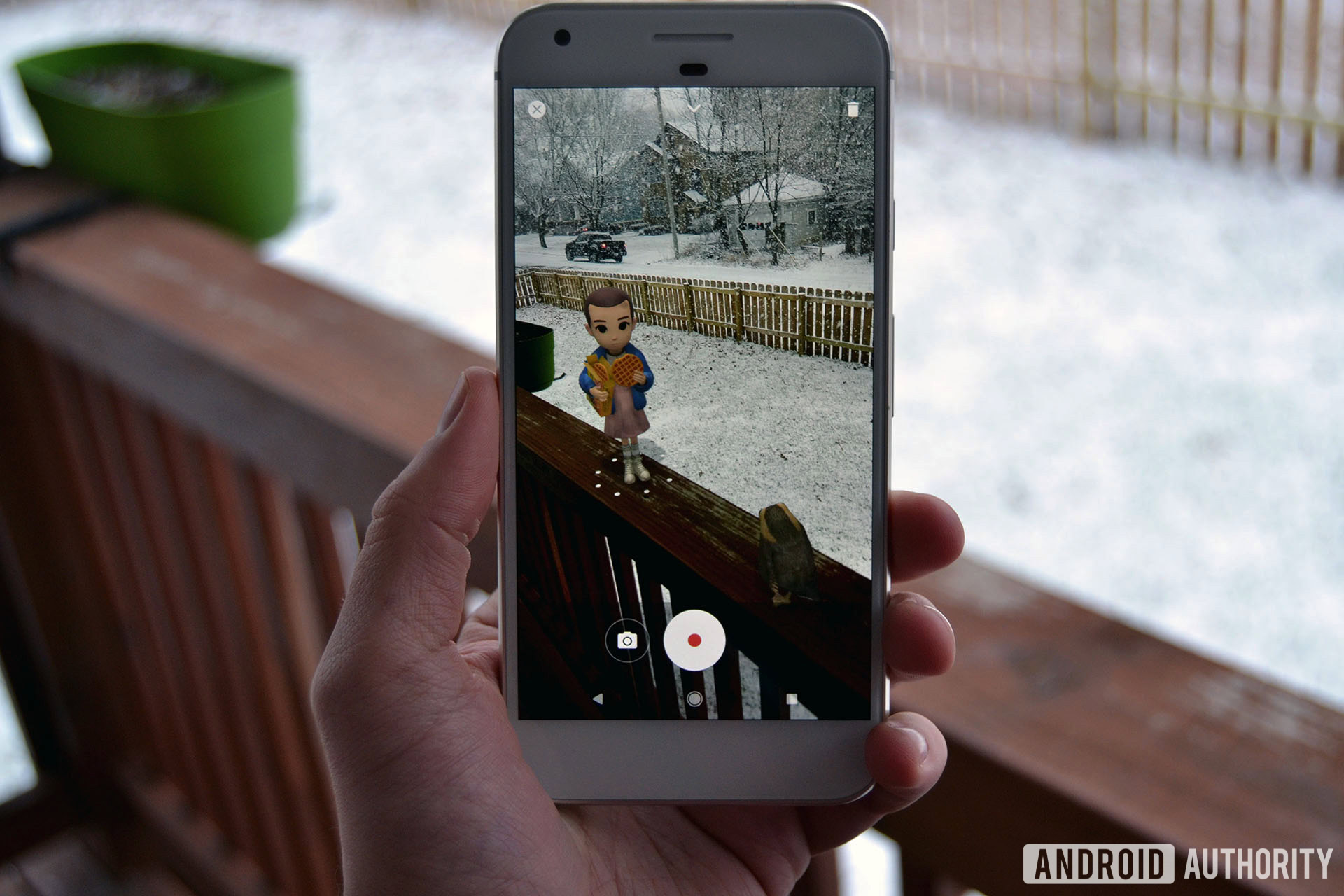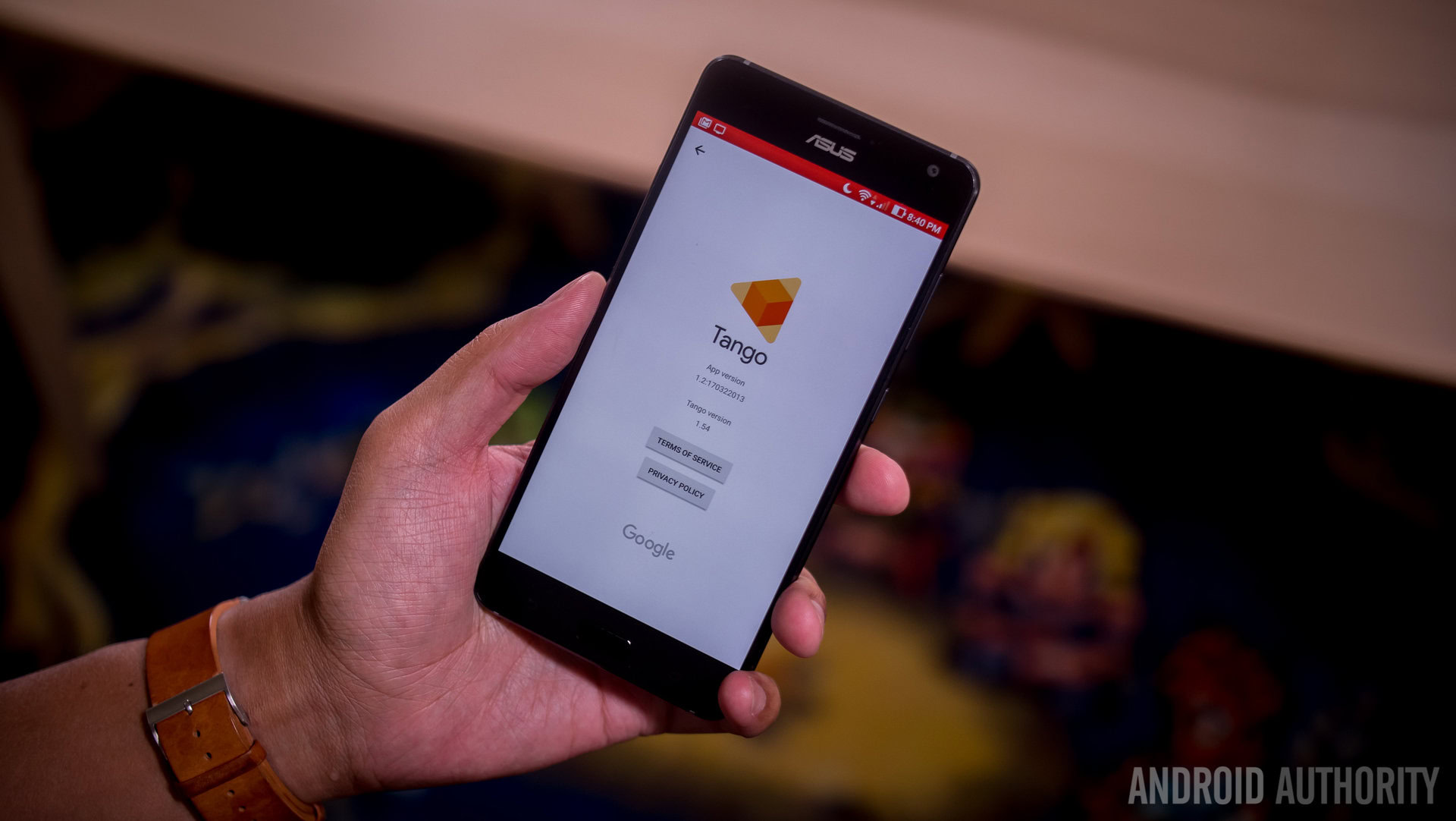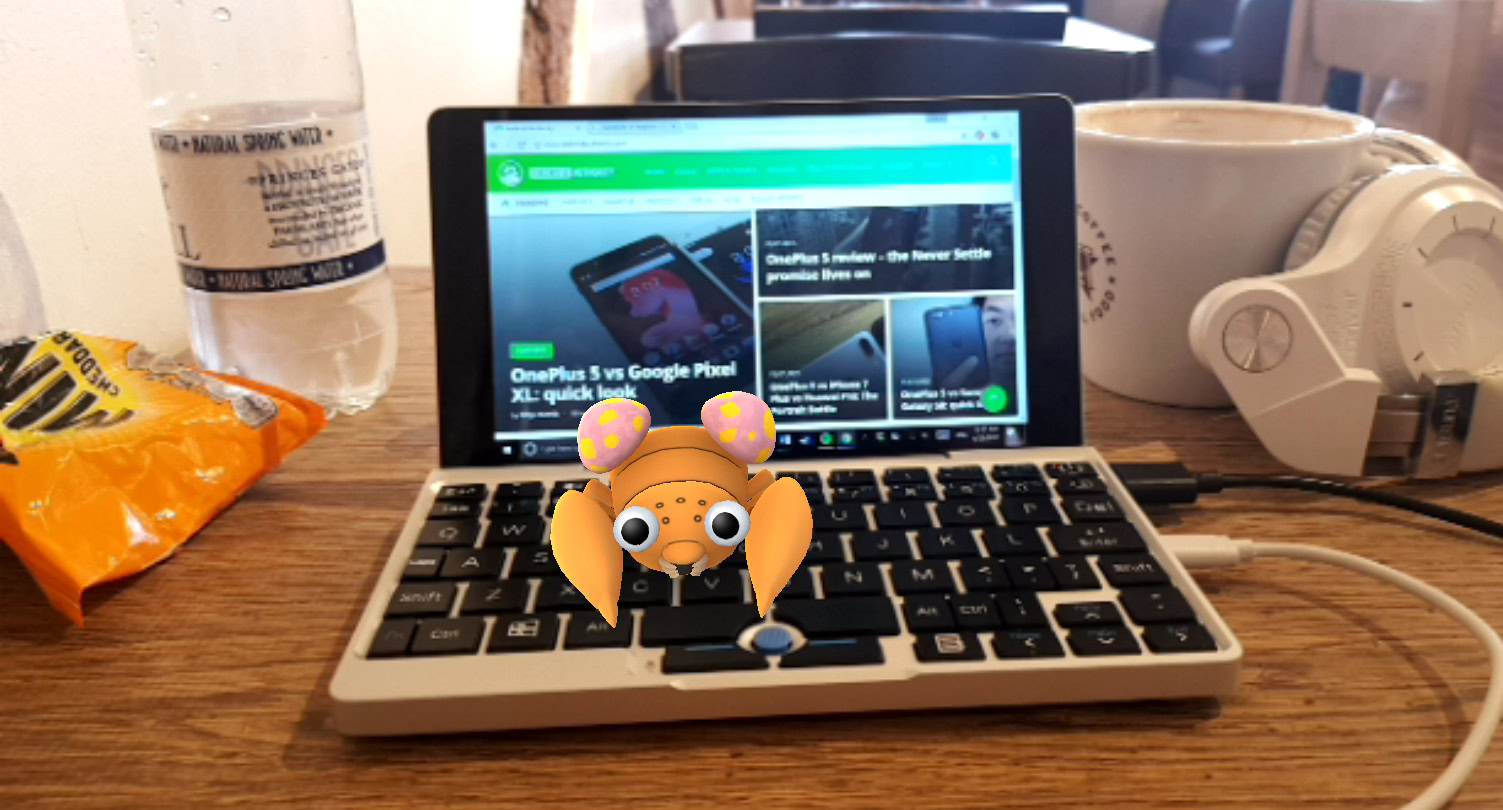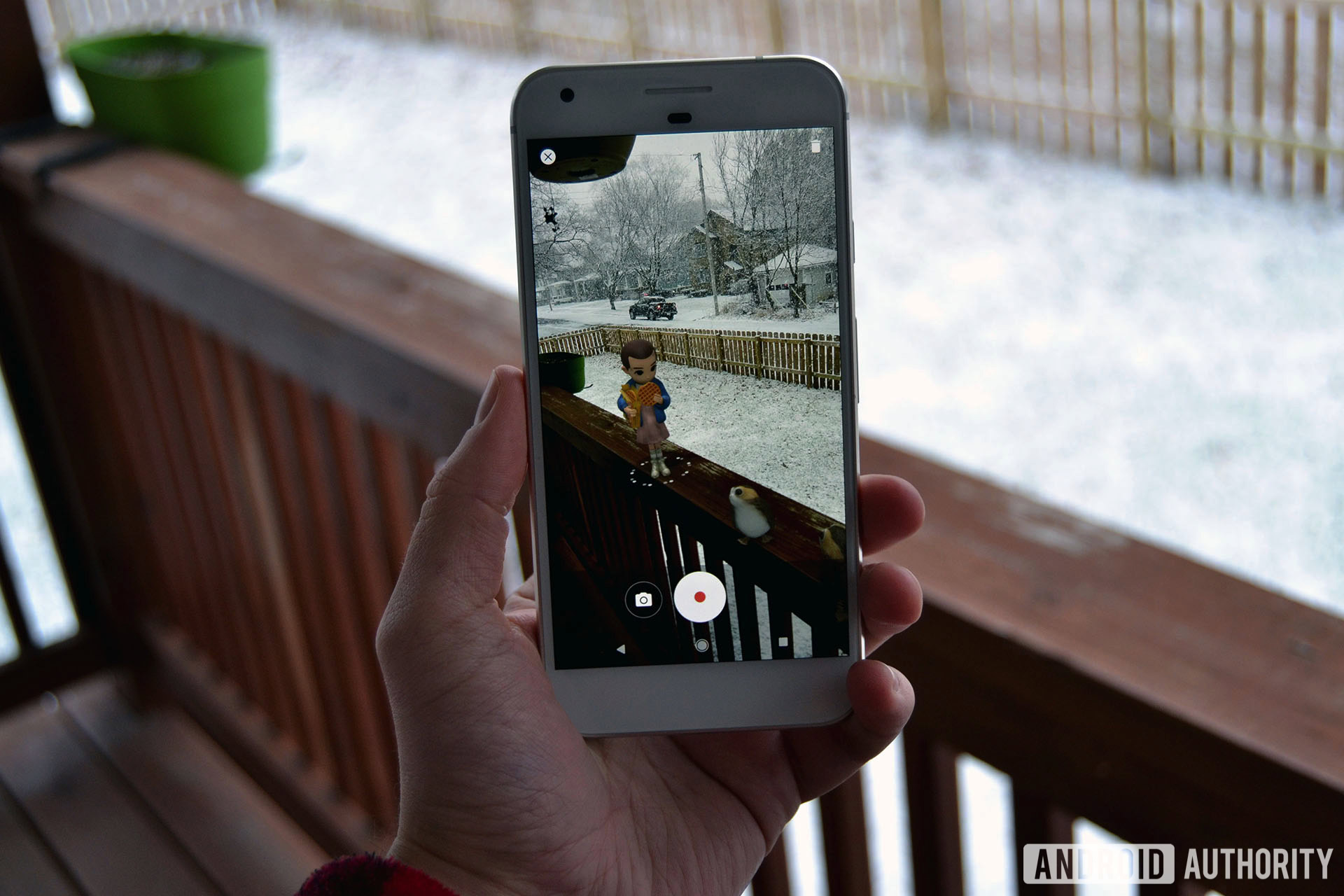Affiliate links on Android Authority may earn us a commission. Learn more.
Tango was Google's too soon moonshot, but ARCore can do better

Don’t cry for Project Tango, it’s already dead reincarnated.
Actually, since it’s very unlikely you would’ve ever seen Project Tango in the flesh, you’re probably not even sure what you’re missing. But it matters because Project Tango was augmented reality before the reality of augmenting our lives was being explored via apps like Pokémon Go. Niantic’s app was the first giant AR app, even if it was a small foray that certainly wasn’t great to begin with. But suddenly AR clicked. AR made sense, and it made for a fun, exciting opportunity.
Project Tango was already there, but it was ahead of its time. Contrary to other Google projects that are regularly killed off, Tango isn’t exactly dead. It’s now part of ARCore, an SDK which is already receiving much more significant support from manufacturers. If you own an Android phone running Nougat, or you get a new Android phone anytime soon, you’ll get to experience Project Tango re-birthed, sometime in the coming months.
Why Project Tango had to change
Project Tango was technically better than ARCore, but asked too much of manufacturers which stymied any sort of significant roll-out to consumers.
The platform required additional sensors, including an infrared projector, time of flight camera, and fisheye motion camera, to allow Tango to understand and map our 3D world. It was about understanding where you were in that world, which made for some exciting possibilities, such that NASA was using it in the International Space Station.

Even with these sensors and with pioneers like Johnny Lee closely involved, the platform was buggy. That was especially true with the measuring tape app, one of the coolest apps, which ultimately wasn’t reliable enough to measure anything.
Support for Project Tango required manufacturers like Samsung to cram more hardware into already tightly-packed devices. That was clearly a bridge too far. Just two Tango-enabled smartphones became available for purchase after all that time: the ASUS ZenFone AR and the Lenovo Phab 2 Pro.
The result? Google’s three-year head start in AR was blown—at least in the form of Tango.
As it turns out, the sophisticated sensors aren’t always necessary anyway. The high-level of accuracy helps in navigating indoor spaces, but the vast majority of AR ideas don’t require this. As camera technology and software have improved, so too has the opportunity for AR.

That’s where ARCore takes the smarts from Tango— so much so that the first ARCore’s SDK was actually called Tango. It does a lot of work to recognize surfaces, and Google has explained the fundamental concepts of ARCore here if you want to know the details. In a nutshell, ARCore is built around motion tracking, environmental understanding, user interaction, and light estimation. Compared with Tango, the drawbacks are that it can’t be as super accurate with tracking, it can’t detect full 3D structures, and currently doesn’t recognize faces.
It’s simply not as ambitious as what Project Tango was trying to start, but ARCore doesn’t require new hardware to work as a simpler augmented system. That’s what matters now—working with your current phone, and current apps.
Project Tango required manufacturers to cram new hardware into devices. ARCore wants to support what phones already have.
ARKit and Apple, ARCore and Android
Apple managed to get the jump on Google by understanding that we’re now far enough along that AR can be done on the smartphones we already own. Developers would still love more sensors to make better AR apps, but right now, what we have is sufficient to get AR working with hundreds of millions of devices.
Those kinds of numbers allow for the snowball effect, where killer apps on strong platforms attract attention and money, which flows right back to developers making more apps, and an avalanche of support grows.


Google’s snowball at the top of the mountain via Project Tango had too many barriers for success, but ARCore can change all of that. It’s already available for the Google Pixel, Pixel 2, and the Samsung Galaxy S8 and S8 Plus. Google says that HUAWEI, LG, ASUS, and other companies are coming on board, too.
Sure, it won’t be as good as Tango could’ve been, but it’ll be much more widespread. Google are expecting 100 million users to take advantage of ARCore by the time the 1.0 launch happens this winter.
While Google are making the necessary transition to ARCore, Apple have already rolled out its AR platform, ARKit, to a number of its smartphones. In fact, Apple’s control of hardware and software allows them to bring ARKit all the way back to the iPhone 6s, bringing hundreds of millions of devices to AR.
Plus, Apple worked in partnership with Niantic to substantially improve the AR experience in Pokémon Go on iOS devices, with an exclusive announcement just this week. This likely hurt Google quite a bit considering they’ve offered AR technology years before Apple had released anything for developers, but failed to get Tango to the masses, and haven’t widely released ARCore just yet. Ouch.
The new iOS-only Pokémon Go AR announcement likely hurt Google quite a bit.
One final important note is that Android developers are able to make augmented reality apps without ARCore, just like iOS developers can get by without ARKit. However, both are highly optimized and solve the initial development hurdles and barriers to entry that developers are likely to face with AR. The goal of these projects is to help accelerate development and adoption.
Preparing for a mixed reality future
The mixed reality space is further heating up with the long overdue unveiling of Magic Leap’s product, Magic Leap One, in which Google is a significant investor. It remains to be seen when the product will ship, how much it will cost, and who will want to be seen wearing something like that.
But it’s obvious that the biggest companies in tech don’t want to miss out on the highly anticipate next big trend in AR, VR, or mixed reality. ARCore is just one arm of Google’s play in the space, but it’s likely to have the biggest reach of any AR platform. Now we wait to see just how cleverly it can be utilized.
And, if it does take off, the early dreams of Project Tango might be realized— we might see more advanced hardware sensors in the future, if it’s clear that the demand for AR is there.